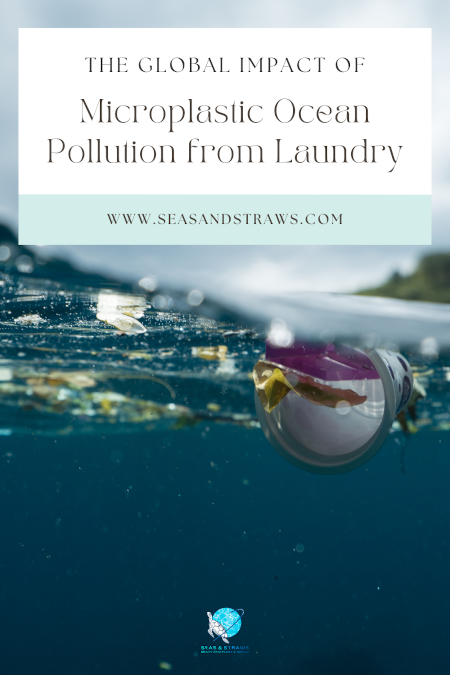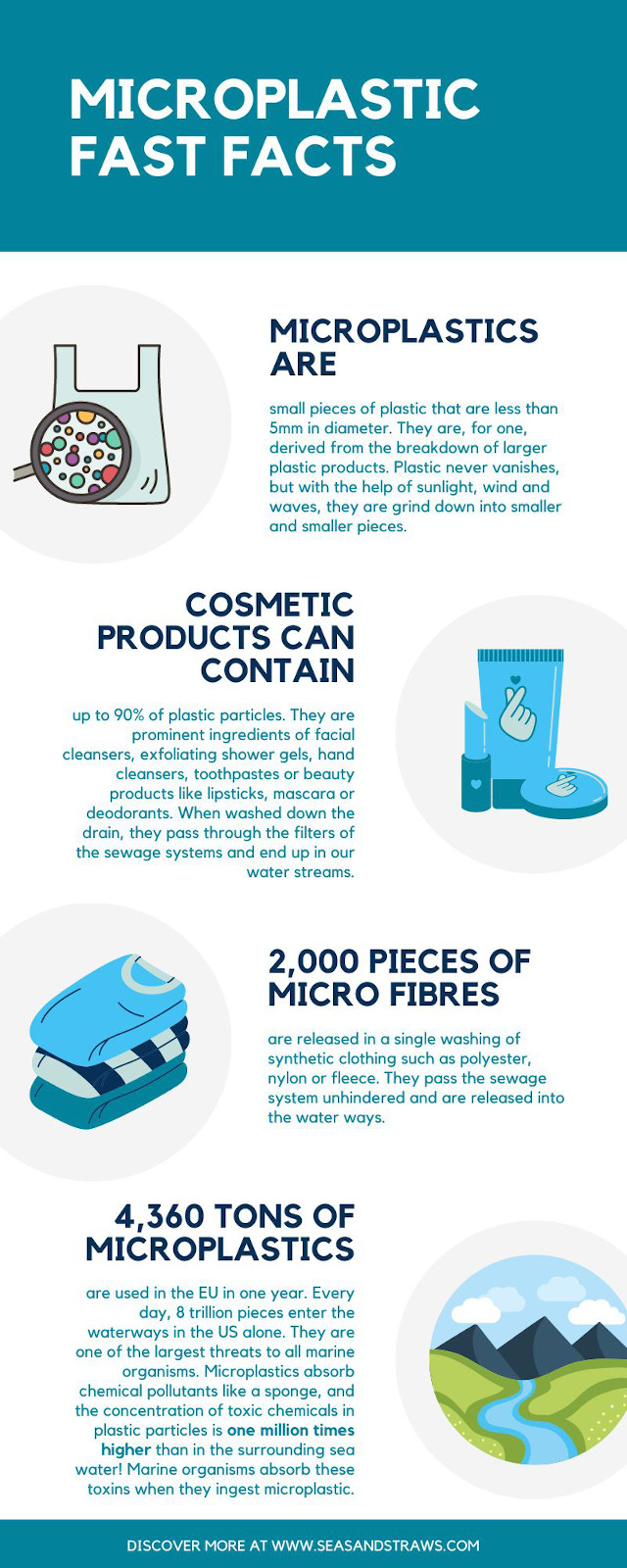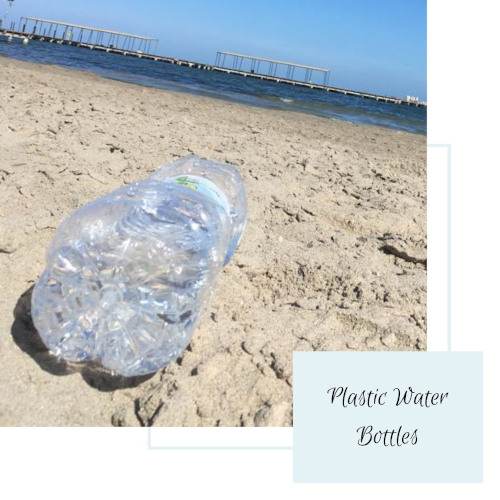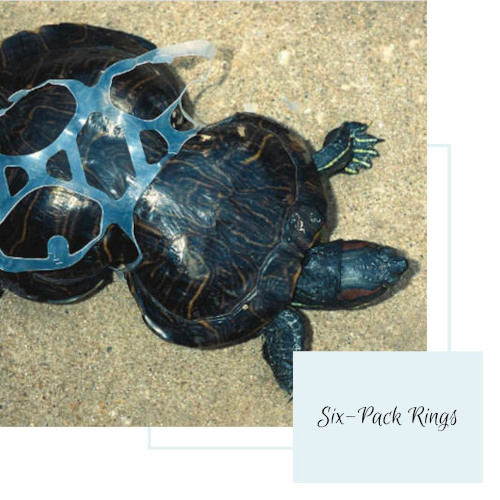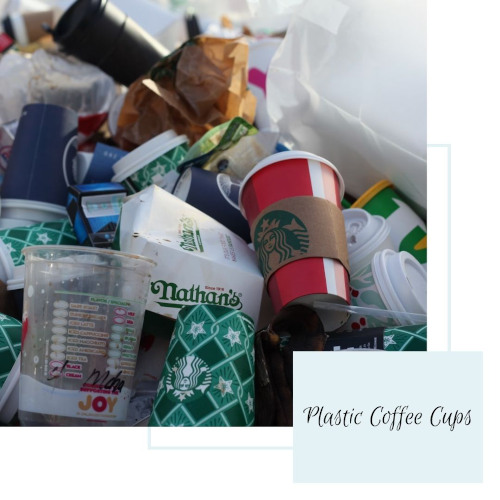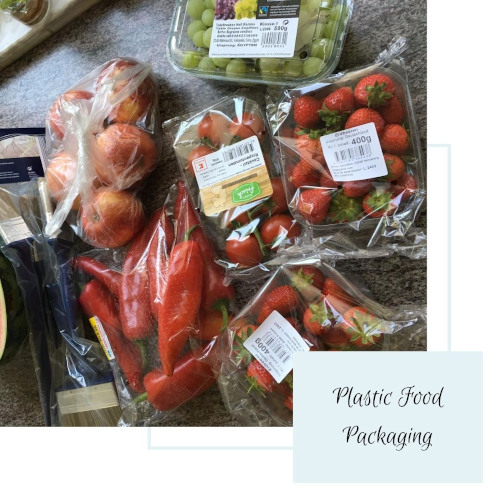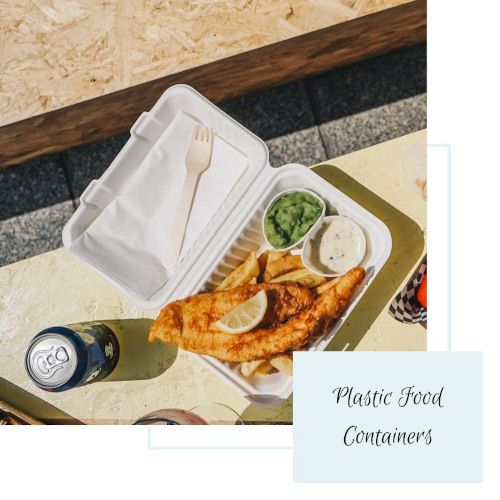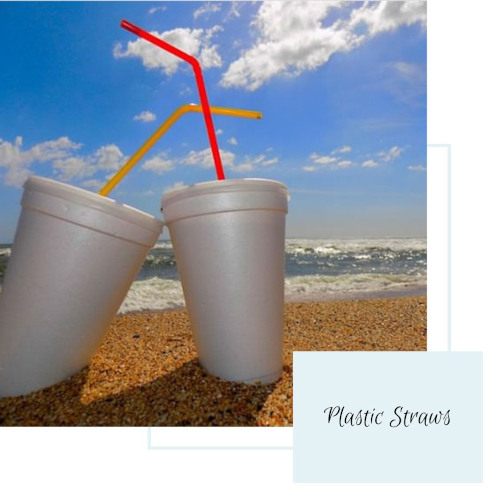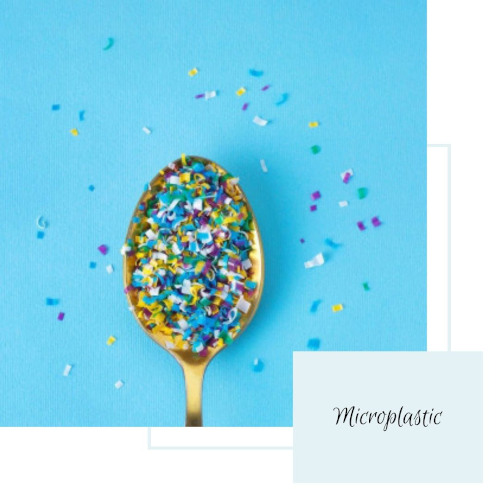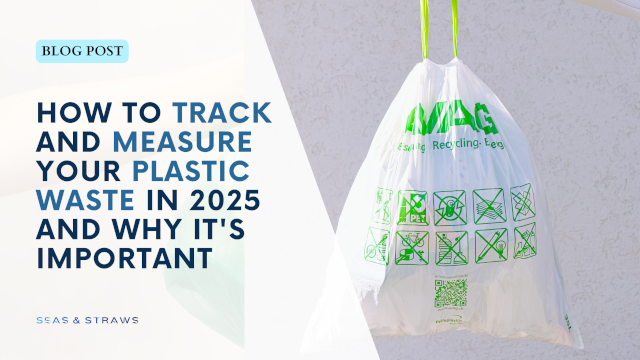- Home
- Ocean Pollution
- Water Pollution Solutions
- Microplastic Ocean Pollution
the global impact of microplastic ocean pollution from laundry
By Jacob Larkin, marketing coordinator at Lanes Group
Most environmentally conscious consumers are very aware of the impact that plastic pollution has on our fragile ecosystem. Around 12 million tonnes of plastic are released into the world’s oceans each year, creating dire consequences for marine life and the environment as a whole.
Our society’s understanding of the lifestyle changes we need to make in order to limit plastic pollution has improved in recent years, meaning more people are now committed to recycling and avoiding plastic packaging than ever before. However, other lifestyle-related sources of plastic pollution are less obvious, but no less dangerous - and microplastic pollution caused by our daily laundry habits is a prime example of this.
As one of the UK’s leading drainage and wastewater specialists, Lanes Group is working to raise awareness of this troubling trend through its Microplastics Out of Our Drains (MOOD) campaign. Here, we take a look at the global impact of microplastic ocean pollution that comes from laundry, and outline the steps we believe are necessary to solve the issue at its root.
How much microplastic pollution is created by washing clothes?
Microplastics are among the biggest contributors to our global plastic pollution crisis, despite the fact that each fragment measures less than 5mm. These tiny plastic pieces are either produced by design for inclusion in certain consumer products, or they are created as a byproduct when a larger plastic item degrades and breaks apart over time.
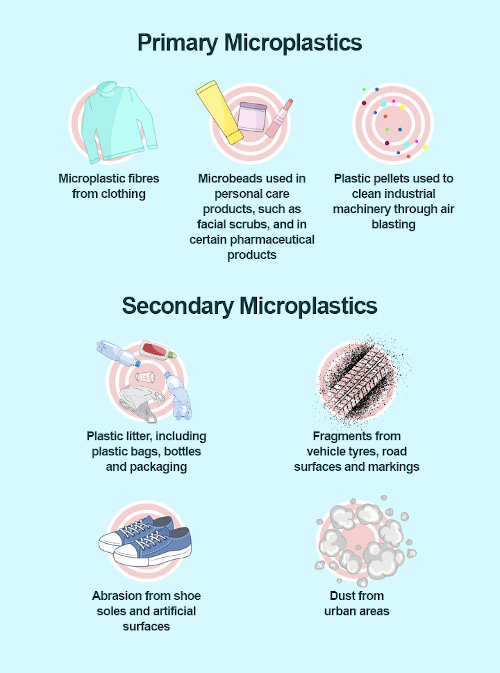 Microplastics are divided into primary and secondary microplastics. Photo: ©lanesfordrains.co.uk
Microplastics are divided into primary and secondary microplastics. Photo: ©lanesfordrains.co.ukIt was conservatively estimated in 2021 that there are 24.4 trillion fragments of microplastic in the world’s upper oceans, with a combined weight of 82,000 to 578,000 tonnes - and modern clothing design and laundry processes account for a significant portion of this.
This is because today’s mass-produced clothing often contains large quantities of synthetic fibre, including polyamide fabrics and polyester. When these items are placed in the washing machine, they release tiny plastic particles and stray fibres in very large quantities. According to a study carried out by the National Research Council of Italy, between 124mg and 308mg of microfibres are released for every kilogram of washed fabric, depending on the type of garment involved. This corresponds to around 640,000 to 1.5 million microfibres generated by every kilogram of laundry.
Other statistics offer additional evidence on how widespread this problem has become:
- Research from the International Union for Conservation of Nature (IUCN) shows that synthetic textiles are the world’s number one source of microplastic pollution, accounting for 34.8% of all global releases of primary microplastics into the world's oceans
- In a study of Arctic sea waters, 96 out of 97 seawater samples taken from the polar region contained microplastics. More than 92% of this microplastic consisted of fibres, and 73% was made of polyester of the same width and colours as those used in clothing
Although our existing wastewater treatment methods are mostly very successful in removing microplastic particles from wastewater before they end up in our drinking water supply, the sheer volume of laundry that we wash every day results in the release of vast quantities of plastic waste into the environment. This is very damaging for marine life that consumes these particles, and also poses health risks for humans who take microplastics into their bodies through the food and water we consume, and even the air we breathe.
What steps can consumers take to mitigate the problem?
Reducing the amount of microplastic ocean pollution created by your laundry is not necessarily as easy as purchasing different products, or changing a single habit. It can be difficult to find modern clothing without at least some plastic content, and these garments will inevitably need to be washed regularly.
However, there are a few steps that people can take to play their part in minimising their environmental impact:
- Install a microfibre filter in your existing washing machine, or if you are purchasing a new machine, try and find one that includes this filter
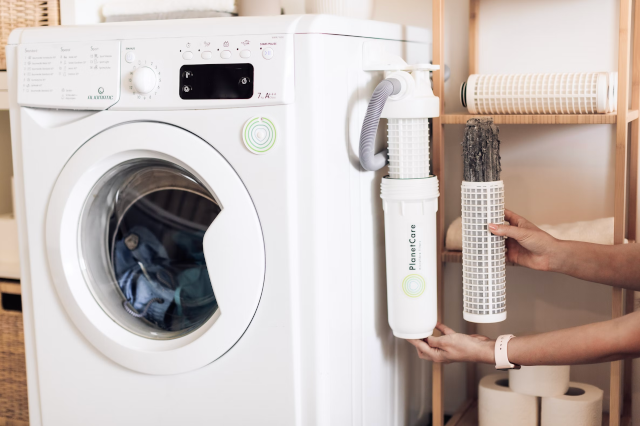 The PlanetCare microfiber filter is easy to install and filters 90% of fibers. Photo: ©planetcare.org
The PlanetCare microfiber filter is easy to install and filters 90% of fibers. Photo: ©planetcare.org- Put your clothes in a laundry bag within the washing machine to reduce the amount of microplastics generated by each wash cycle
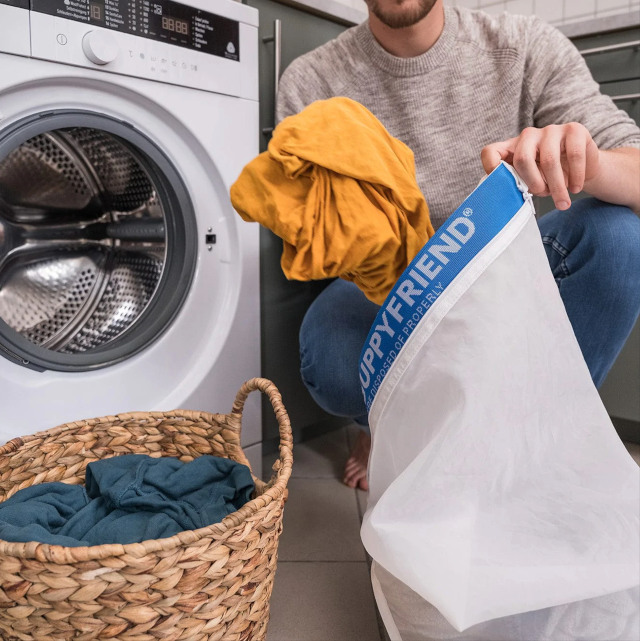 The Guppyfriend reduces fibre shedding and filters microfibers. Photo: ©guppyfriend.com
The Guppyfriend reduces fibre shedding and filters microfibers. Photo: ©guppyfriend.com- Reduce the volume of water you use in each wash, as this can help to minimise microfibre release
- Choose a front-loading washing machine rather than a top-loading model, as these generate less microfibre shedding
- Line-dry your clothes where possible, rather than using a automatic dryer
- Launder your clothes less often and wash full loads wherever possible
Read more here about what you can do to reduce the releasing of microfibers with every wash.
What large-scale steps are needed to tackle the root cause of this issue?
Because of the global scale of the microplastic ocean pollution problem, the issues caused by microplastics generated by laundry require mass-scale action on the part of the government and industry in order to truly address the root causes.
One of the main objectives of our MOOD campaign is to push for manufacturers to fit microfibre filters in all new domestic and commercial washing machines as a legal requirement, and for existing commercial machines to be retrofitted with similar filters. These devices help to remove microplastics from the laundry process at the source, and could make a significant difference in curbing this harmful trend.
If we take this step - and improve public awareness of the role that laundry plays in the microplastic problem - we hope that the environmental impact of synthetic clothes can be kept to a minimum, and that the world can take a significant step forward in turning the tide on microplastics.
This guest post was written by Jacob Larkin from Lanes for Drains, who are currently running a campaign to raise awareness around the damage that microplastics cause to the environment. They are advocating for stricter UK rules on the use of microplastic particles in everyday manufacturing, as well as calling for better monitoring of this serious environmental problem. You can read more about the campaign here:
https://www.lanesfordrains.co.uk/domestic/help-advice/mood-campaign/.
Get The Facts!
Want to arm yourself with more facts? Save or download this handy summary of the article above. You can share it freely, I just ask that you credit Seas & Straws.
Download The Fact Sheet (PDF)
Click here to download your fact sheet on microplastic.
The Most Common Everyday Plastic Household Items
Click on the image to learn more.
